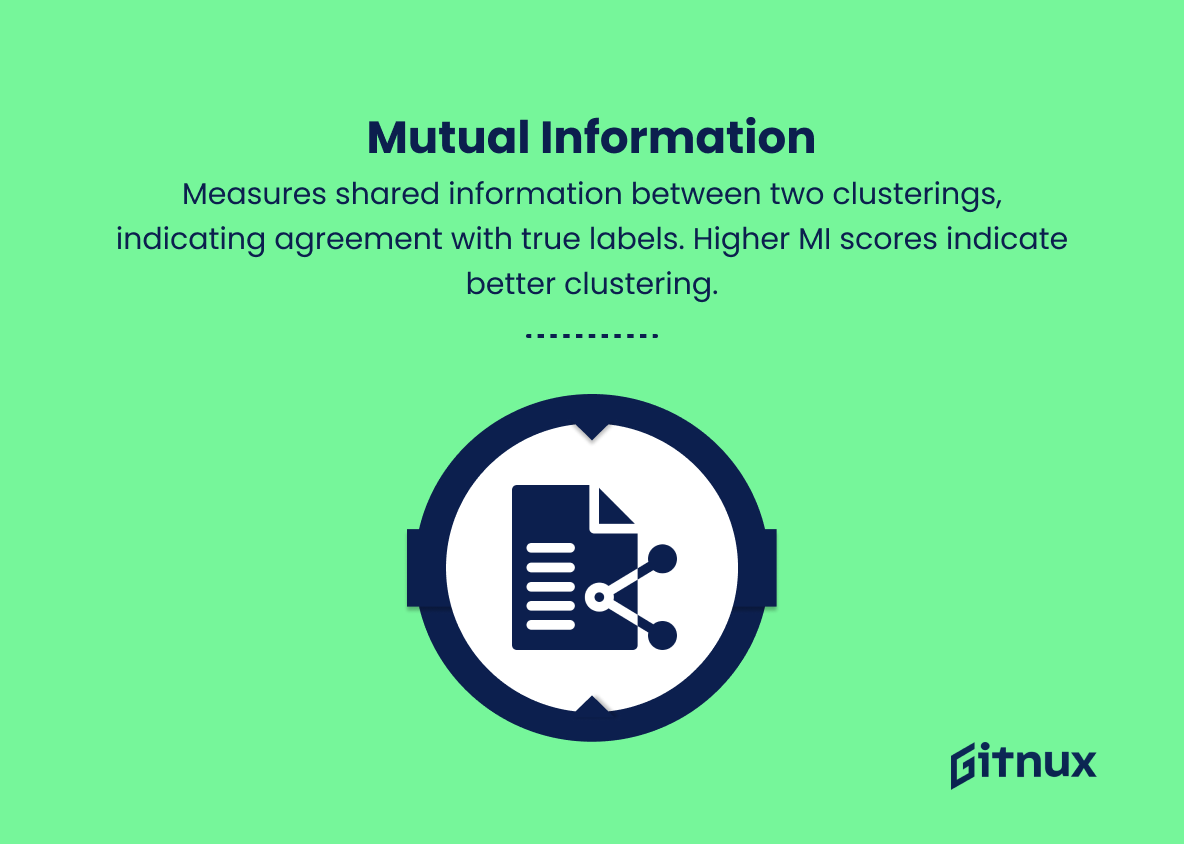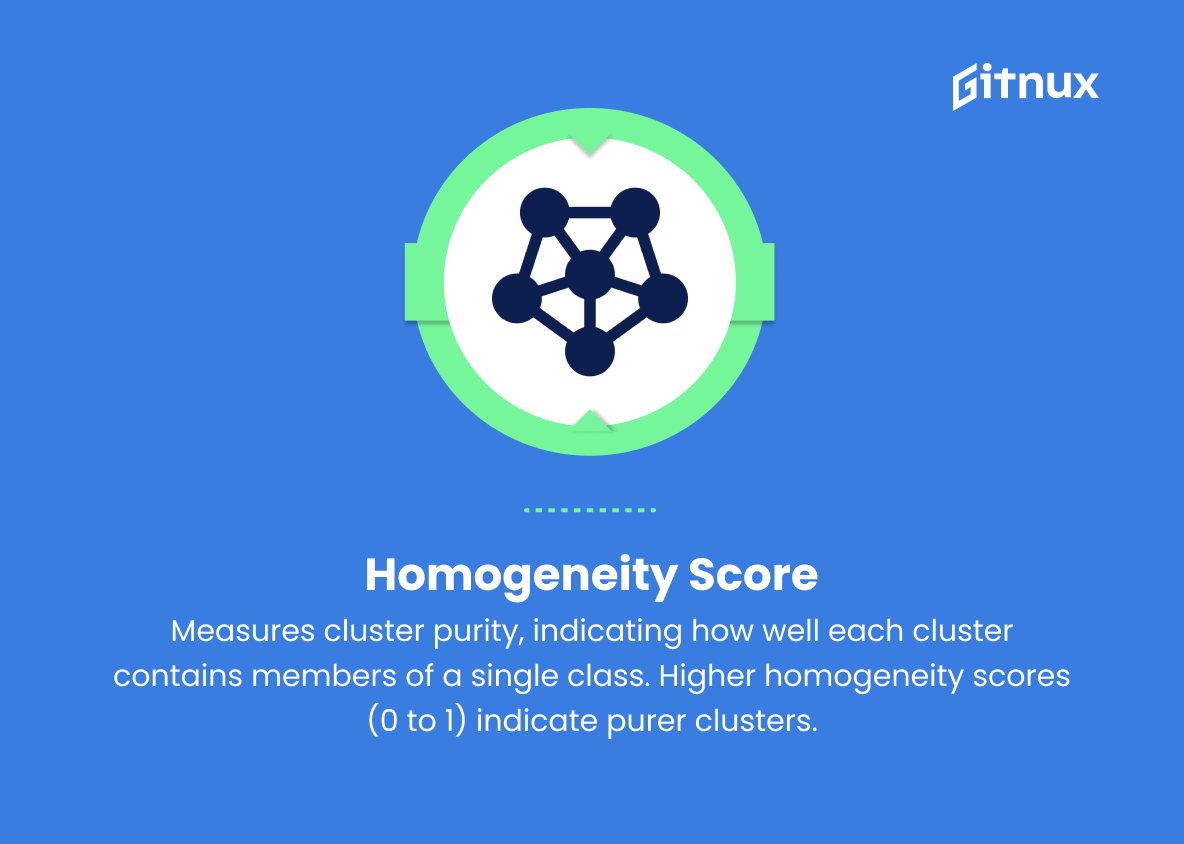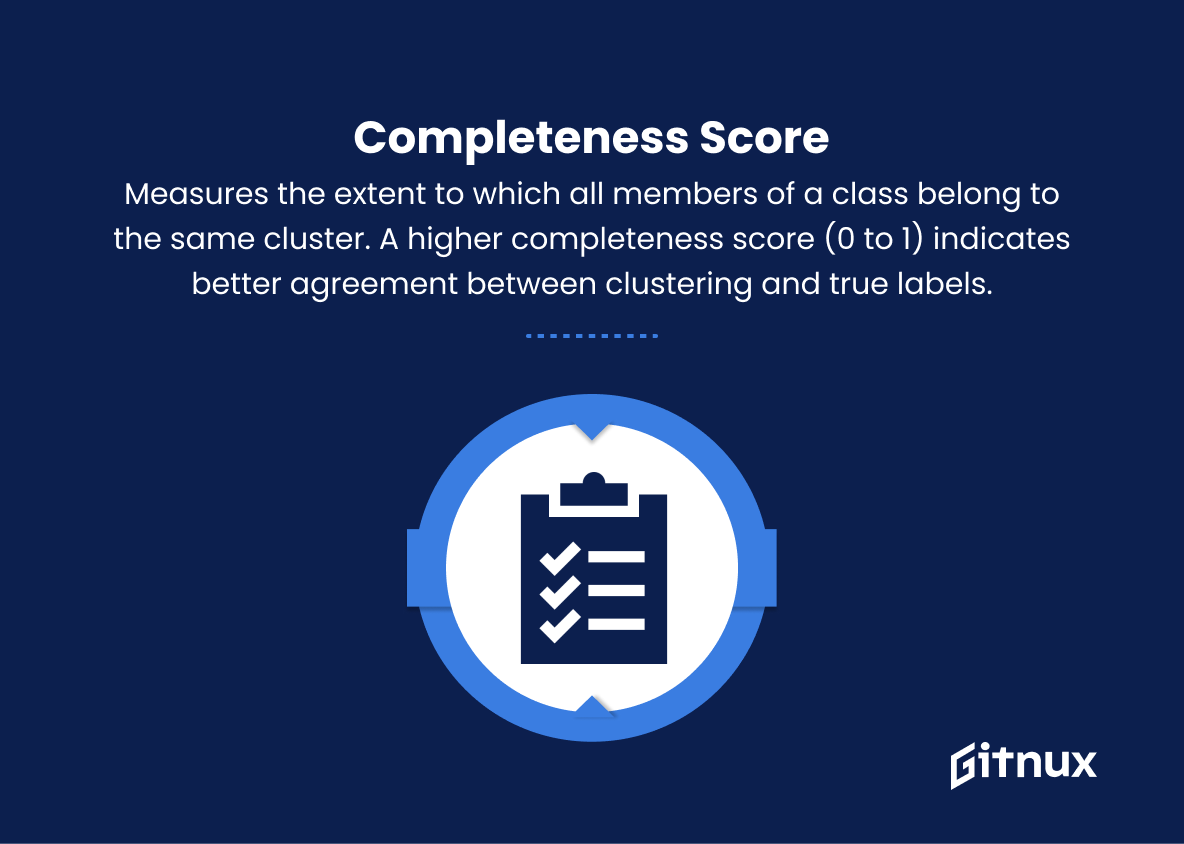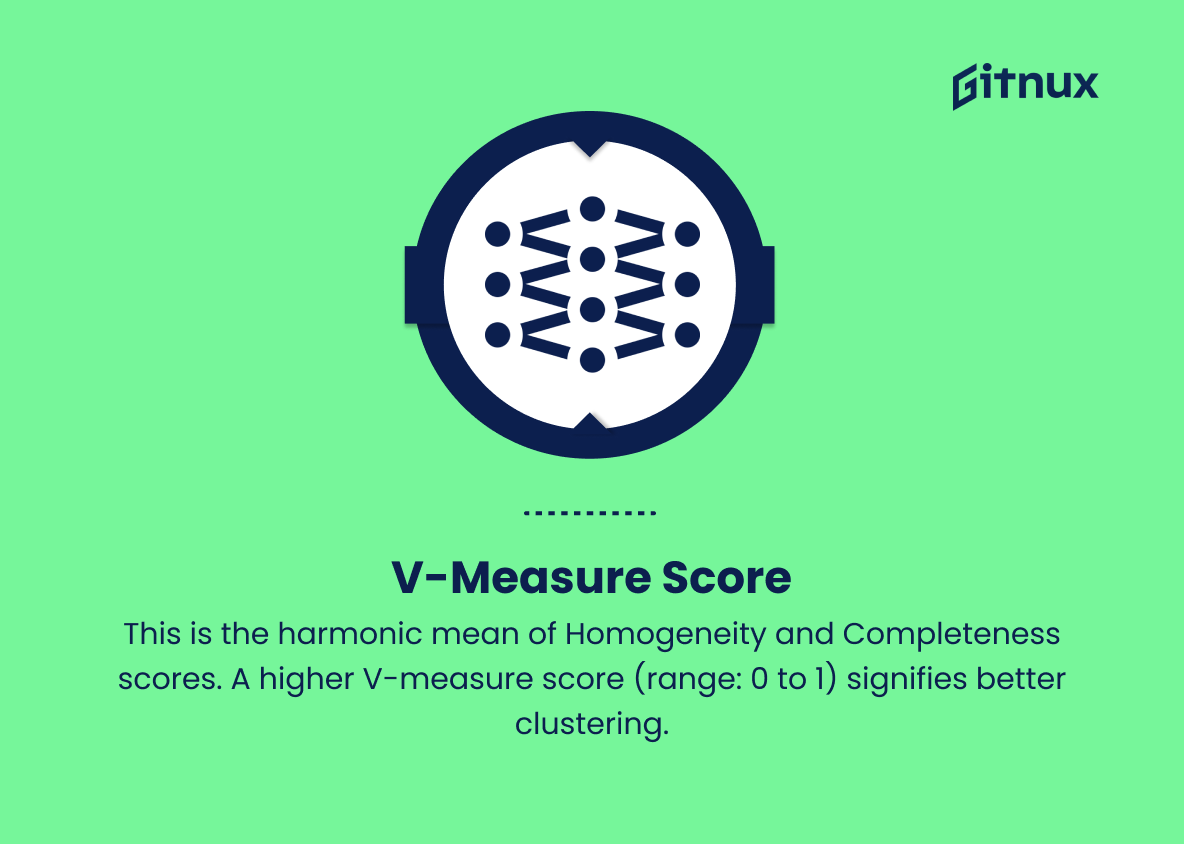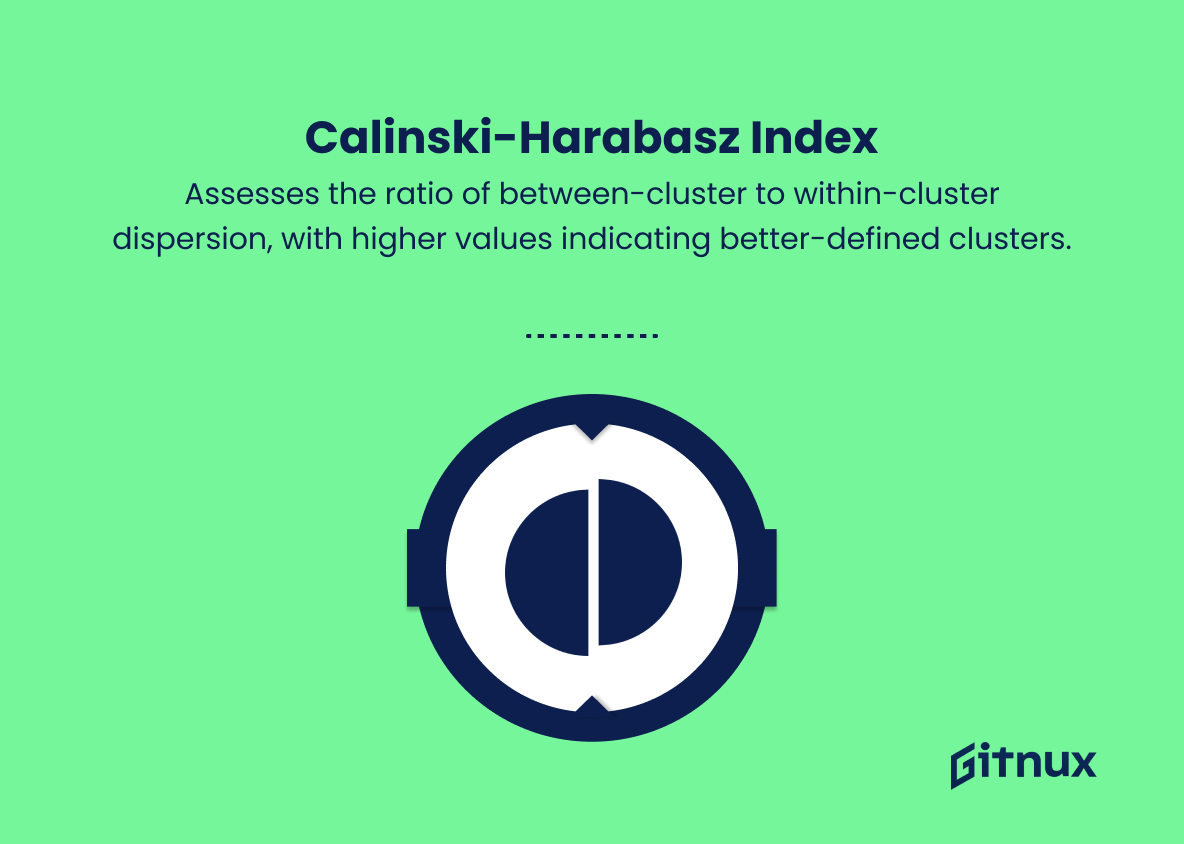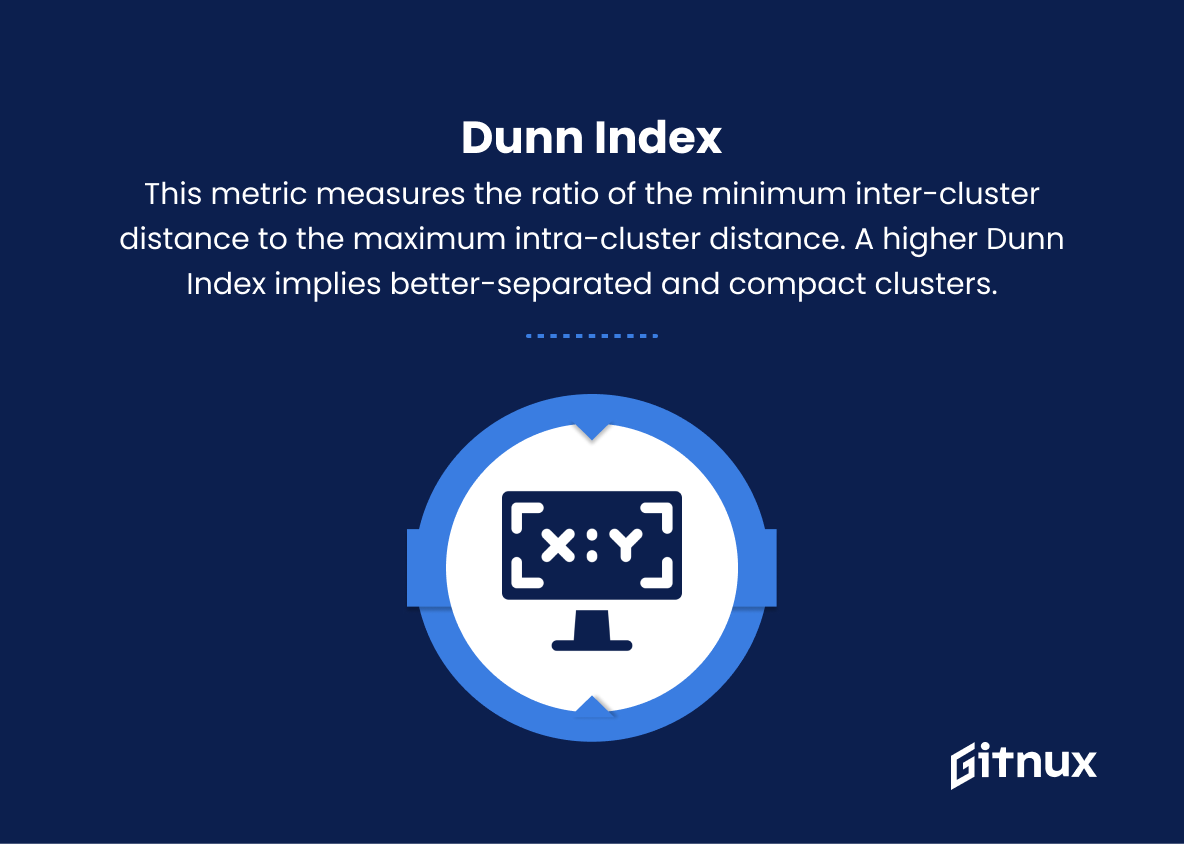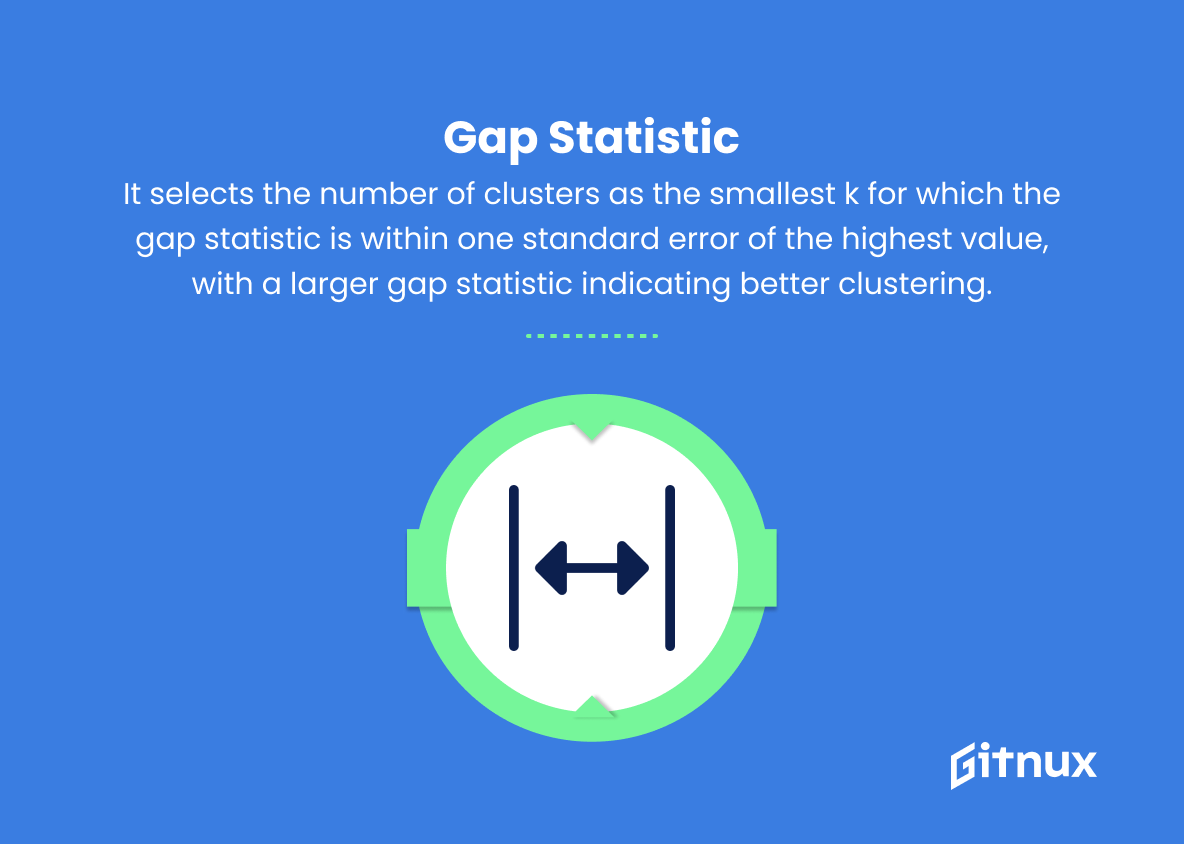In the rapidly evolving world of data analytics, clustering techniques have become increasingly vital for exploring and understanding complex data sets. With an abundance of applications spanning various industries, clustering metrics play a crucial role in gauging the effectiveness and quality of these algorithms. As we continue to rely on data-driven decision-making, it’s imperative that we develop a strong foundation in understanding and utilizing these metrics to improve our clustering methodologies.
In this in-depth blog post, we will delve into the intricacies of clustering metrics, uncovering their significance, functionality, and how they can serve as a powerful tool for optimizing our data analysis processes. Welcome to the world of Clustering Metrics, where we shall venture into a realm of robust evaluation practices that can elevate your data mining skills to new heights.
Clustering Metrics You Should Know
1. Adjusted Rand Index (ARI)
This metric measures the similarity between two data clusterings adjusted by chance. It ranges from -1 to 1, where a higher value indicates better clustering. ARI considers both true and false positives/negatives in its calculation.
2. Mutual Information (MI)
This metric measures the amount of shared information between two data clusterings. It assesses the agreement between the clustering results and the true labels. A higher MI score signifies better clustering.
3. Homogeneity Score
This metric measures the extent to which each cluster contains only members of a single class. A higher homogeneity score (range: 0 to 1) indicates that clusters are purer with respect to the true labels.
4. Completeness Score
This metric measures the extent to which all members of a given class belong to the same cluster. A higher completeness score (range: 0 to 1) indicates better agreement between the clustering and the true labels.
5. V-Measure Score
This is the harmonic mean of Homogeneity and Completeness scores. A higher V-measure score (range: 0 to 1) signifies better clustering.
6. Fowlkes-Mallows Index (FMI)
This metric computes the similarity between two data clusterings using the geometric mean of precision and recall. The scores range from 0 to 1, with higher values indicating clustering quality.
7. Silhouette Coefficient
This metric measures the cohesion and separation of clusters by calculating the average silhouette score for each sample. Silhouette scores range from -1 to 1, with higher values signifying better clustering quality.
8. Calinski-Harabasz Index (CHI)
This metric evaluates the ratio of between-cluster dispersion to within-cluster dispersion. A higher CHI score indicates better-defined clusters, with the optimal clustering having the maximum CHI value.
9. Davies-Bouldin Index (DBI)
This metric computes the ratio of within-cluster distances to between-cluster distances. A lower DBI score indicates better clustering quality, with the optimal clustering having the minimum DBI value.
10. Dunn Index
This metric measures the ratio of the minimum inter-cluster distance to the maximum intra-cluster distance. A higher Dunn Index implies better-separated and compact clusters.
11. Inertia (within-cluster Sum of Squares)
This metric calculates the sum of squared distances between samples and their respective cluster means. The goal in clustering is to minimize the inertia, leading to tighter, more compact clusters.
12. Gap Statistic
This metric compares the change in the log of within-cluster dispersion to that expected under a null reference distribution. It selects the number of clusters as the smallest k for which the gap statistic is within one standard error of the highest value. A larger gap statistic implies better clustering.
Clustering Metrics Explained
Clustering metrics play a crucial role in evaluating the quality and effectiveness of clustering algorithms. Metrics such as Adjusted Rand Index (ARI) and Mutual Information (MI) provide a quantitative measure of the similarity and shared information between cluster assignments and true labels. Homogeneity, completeness, and V-measure scores serve to measure the extent to which clusters are pure and complete, providing a better understanding of the clustering’s accuracy. Fowlkes-Mallows Index (FMI), Silhouette Coefficient, Calinski-Harabasz Index (CHI), and Davies-Bouldin Index (DBI) aid in assessing clustering quality by taking into account precision, recall, dispersion, and separation within and between clusters.
Dunn Index and Inertia give insights into the compactness and separation of clusters, allowing for the fine-tuning of clustering techniques. Finally, the Gap Statistic enables the selection of the optimal number of clusters and helps in achieving superior clustering outcomes. Overall, these clustering metrics are vital in understanding and improving the performance of clustering algorithms, ensuring the extraction of meaningful information from data.
Conclusion
In summary, choosing the right clustering metrics is a critical aspect of evaluating the effectiveness and efficiency of clustering algorithms in data analysis. The different types of metrics, such as internal, external, and relative clustering validation indices, serve specific purposes in assessing the clustering results. Understanding the nuances of each metric and their applicability in various contexts is essential for researchers and data analysts to effectively interpret their findings and make informed decisions.
As the field of data science continues to evolve and the need for advanced clustering techniques grows, it is crucial to remain diligent in our pursuit of improvements and advancements in clustering metrics to ensure optimal performance in various real-world applications. By doing so, we can unlock the full potential of clustering algorithms in uncovering valuable insights hidden within our increasingly complex and voluminous datasets.

